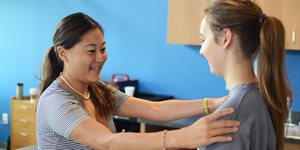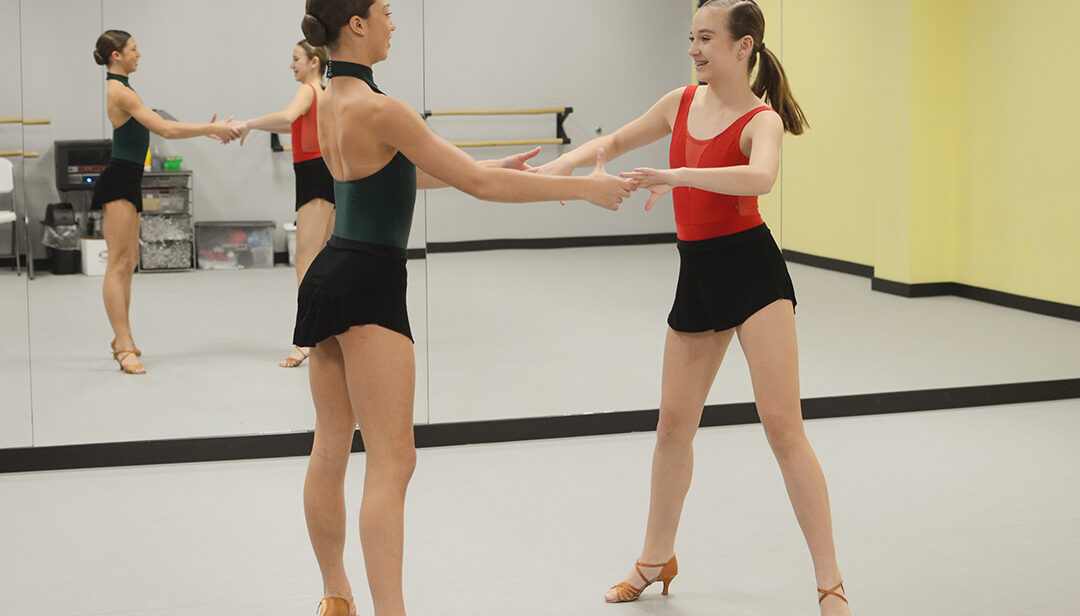
Nutrition Tips for Dancers
Mix it Up
With long practices or multiple sessions a day of different intensities, the young dancer should be sure to include a variety of fuel sources, including protein, carbohydrate and healthy fats in meals and snacks.
- Protein, carbohydrate and fat are all considered macronutrients. They are the nutrients that provide our bodies with energy.
- Different intensities of training use different macronutrients for fuel.
Spread it Out
While dance is considered one of the sports that values leanness, it’s important to remember that the young dancer is still going through growth and development that requires extra energy and nutrition. Plus, they are expending extra energy for their sport. Make sure your dancer is getting three balanced meals a day and at least a couple of snacks.
Start Out Right
If your young dancer has trouble eating before a practice or competition, try snacks containing simpler carbohydrates about 30 to 45 minutes before the event. These snacks are easily digested and provide energy for the upcoming event. Snacks ideas include:
- Fruit
- Pretzels
- Crackers
- Plain mini bagels
- Small juice or sports drink
Add a Snack
Your dancer might need a pre-event snack if he or she:
- gets dizzy or light-headed during practice.
- gets shaky during practice.
- is having trouble concentrating.
- complains of fatigue during practice.
Pack a Lunch
When packing lunch for a long day of practice, mix up items from these categories:
- Carbohydrates: bread, pasta, quinoa, rice, fresh fruit, potatoes, winter squash, peas, beans, yogurt, milk
- Protein: turkey, chicken breast, lean ground beef, chicken or turkey, eggs, tofu, beans, yogurt, milk
- Veggies: greens, carrots, cucumbers, peppers, mushrooms, squash, brussels sprouts, etc.
- Healthy fats: nuts, seeds, nut or seed butter, olive oil, vegetable oils, avocado, salmon and tuna
End it Right
After a long and intense practice, the best snack is one that provides:
- carbohydrate to refill depleted energy stores in the muscle.
- protein to repair any damaged tissues.
- fluid to rehydrate the body.
For the best recovery, aim to get this snack within 30 to 45 minutes after practice.
Change it Up
A dancer’s nutrition plan and needs will not be the same every day. Remember that needs change based on length and intensity of training sessions. Needs on the day of a performance may not be the same as needs on a day of summer intensives.



